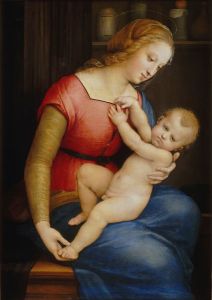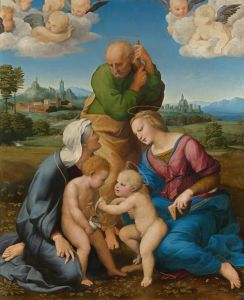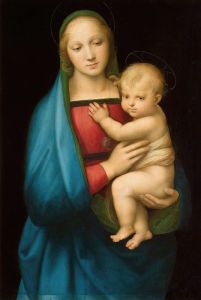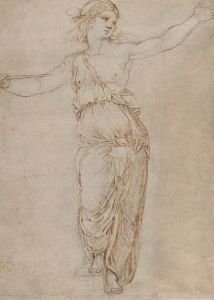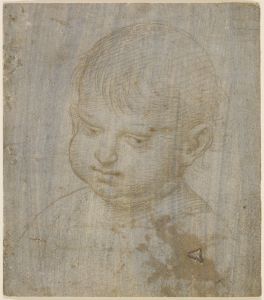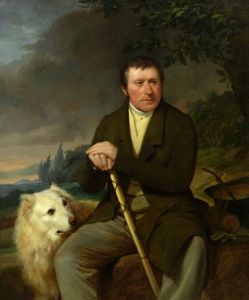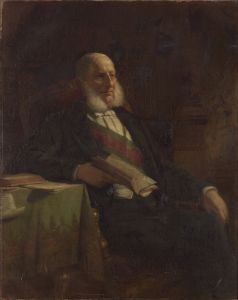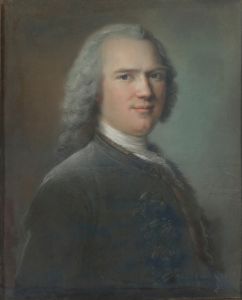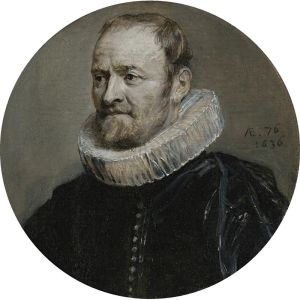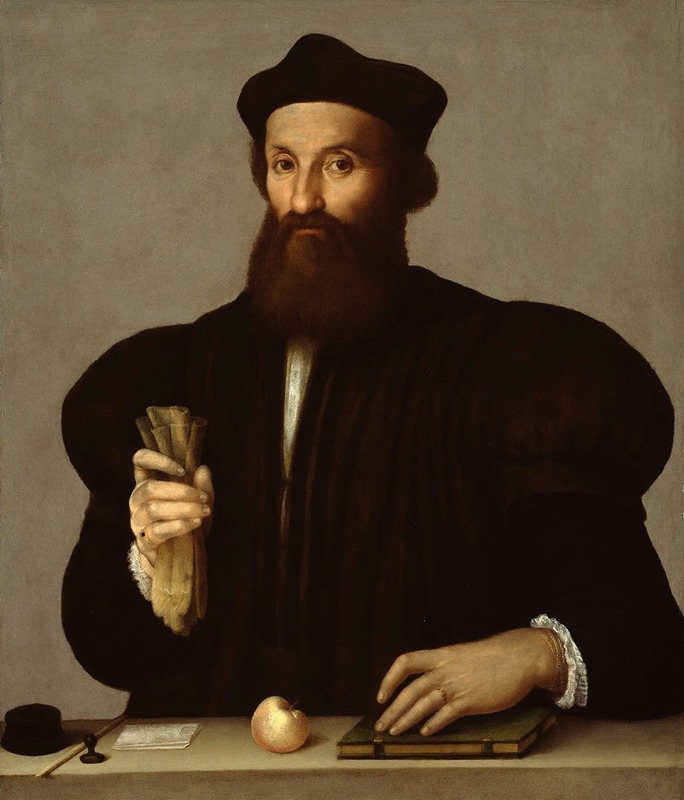
Portrait of a Gentleman
A hand-painted replica of Raphael’s masterpiece Portrait of a Gentleman, meticulously crafted by professional artists to capture the true essence of the original. Each piece is created with museum-quality canvas and rare mineral pigments, carefully painted by experienced artists with delicate brushstrokes and rich, layered colors to perfectly recreate the texture of the original artwork. Unlike machine-printed reproductions, this hand-painted version brings the painting to life, infused with the artist’s emotions and skill in every stroke. Whether for personal collection or home decoration, it instantly elevates the artistic atmosphere of any space.
"Portrait of a Gentleman" is an artwork attributed to the renowned Italian Renaissance artist Raphael. Raphael, whose full name was Raffaello Sanzio da Urbino, was an influential painter and architect during the High Renaissance period. He is celebrated for his clarity of form, ease of composition, and visual achievement of the Neoplatonic ideal of human grandeur.
The painting "Portrait of a Gentleman" is believed to have been created during Raphael's Roman period, which spanned from 1508 until his death in 1520. This period was marked by Raphael's work on numerous commissions for the Vatican, including the famous frescoes in the Raphael Rooms. During this time, Raphael also painted a series of portraits that demonstrated his mastery in capturing the personality and status of his subjects.
"Portrait of a Gentleman" exemplifies Raphael's skill in portraiture, characterized by its detailed realism and subtle use of color and light. The subject of the painting is an unidentified man, depicted with a calm and composed demeanor. The gentleman is dressed in attire typical of the Renaissance period, which includes a dark doublet and a cap, suggesting his status and wealth. The background of the painting is simple, drawing attention to the subject's face and expression.
Raphael's portraits are known for their psychological depth, and "Portrait of a Gentleman" is no exception. The artist's ability to convey the inner life of his subjects through their expressions and posture is evident in this work. The gentleman's gaze is direct yet contemplative, inviting viewers to ponder his thoughts and character.
The painting is executed with Raphael's characteristic precision and attention to detail. The delicate rendering of the subject's features, the texture of his clothing, and the play of light and shadow all contribute to the lifelike quality of the portrait. Raphael's use of sfumato, a technique that creates a soft transition between colors and tones, adds to the painting's realism and depth.
"Portrait of a Gentleman" is housed in the Palazzo Pitti in Florence, Italy, as part of the Palatine Gallery's collection. The gallery is renowned for its extensive collection of Renaissance and Baroque paintings, and Raphael's works are among its most prized possessions.
While the identity of the gentleman remains unknown, the painting continues to be admired for its artistic excellence and the insight it provides into Raphael's approach to portraiture. As with many of Raphael's works, "Portrait of a Gentleman" reflects the artist's ability to blend technical skill with a profound understanding of human nature, making it a significant piece in the study of Renaissance art.






